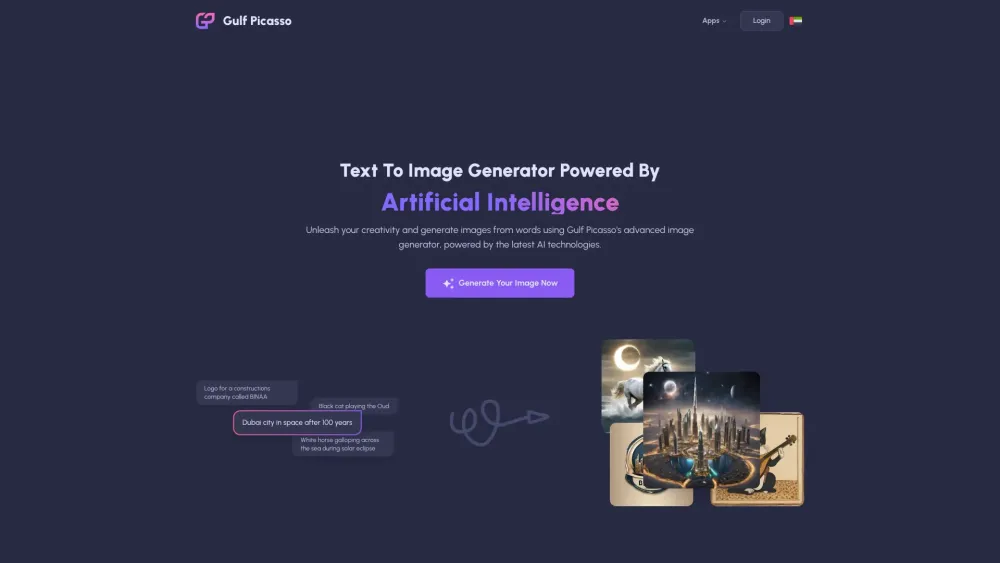After weeks of anticipation, Google has officially unveiled the Pixel 8 series during its Made by Google event. The Pixel 8 and Pixel 8 Pro maintain a similar aesthetic to their predecessors while introducing several key upgrades. The standard Pixel 8 is slightly smaller, enhancing one-handed usability, whereas the Pro model features a new matte finish, improved cameras, and an innovative temperature sensor.
Both models are powered by Google's Tensor G3 processor, featuring AI-enhanced Assistant capabilities and a remarkable seven years of Android and security updates, promising users a longer lifespan for their devices. However, the starting price of the Pixel 8 is $699—$100 more than its predecessor. The Pixel 8 Pro starts at $999, also reflecting a $100 increase. Various pre-order incentives are available through Google and major carriers, making the purchase more appealing.
Temperature Sensor: A Unique Addition
One of the standout features in the Pixel 8 Pro is its new temperature sensor. While it may initially appear gimmicky, this sensor signifies Google's commitment to innovation in the smartphone realm. The temperature sensor is conveniently located below the camera flash. To use it, you’ll need the new Temperature app, allowing assessments of various materials, including food, iron, and fabric.
Currently, Google is awaiting FDA approval for body temperature readings, but users can still measure temperatures informally. The sensor effectively measures the temp of bathwater or confirms the heat of cooking surfaces. While useful in specific scenarios, whether users will consistently rely on it remains to be seen—similar features have been discontinued in past models.
Enhanced Assistant with Generative AI
Significant improvements have been made to Google Assistant, integrating generative AI for a more interactive experience. Pixel 8 users can now request summaries, voice readings, and translations for articles and web pages. For example, the Assistant successfully summarized an article I had opened, clearly outlining key points.
The Assistant interface has been streamlined, offering suggested actions like "Summarize" and "Read aloud," catering to users on the go. Users can even request translations and have text read aloud in various languages, enhancing accessibility.
A notable feature, Call Screening, allows the Assistant to identify callers and suggest responses, mimicking natural conversational nuances. Enhancements are in place to improve its human-like interactions, making it easier to engage without answering the phone directly.
Additionally, the Recorder app will offer summary features, making it easier to sift through meeting notes for key topics. Improved comprehension of user commands ensures the Assistant understands casual speech patterns.
Camera Upgrades for Stunning Photography
Google's Pixel smartphones are renowned for their exceptional camera quality, and the Pixel 8 series is no exception. The Pixel 8 Pro boasts a 48-megapixel ultra-wide camera and a telephoto system with an improved aperture, enhancing low-light performance. The main camera remains a 50MP sensor but has seen refinements for sharper image quality.
The redesigned camera app prioritizes user experience with easier access to manual controls and new features like a Pro mode, which allows full resolution captures and adjustments for brightness and white balance. The improved macro capabilities enable the Pixel 8 Pro to focus from just 2 centimeters away, while the standard Pixel 8 offers macro support for the first time.
Video enhancements include Video Boost for cloud processing and the new Audio Magic Eraser, which reduces distracting background noise during recordings. These innovations promise superior video quality, although users will need to wait for full implementation.
Display and Face Unlock Enhancements
The Pixel 8 series introduces Face Unlock, now more widely applicable for secure access to apps and mobile payments. This feature benefits from the Tensor G3 chip, which also enhances functionalities like the Audio Magic Eraser.
Google has rebranded the displays on the Pixel devices—Actua for the standard model and Super Actua for the Pro. Their advanced processing makes the display brighter and sharper, with the Pixel 8 featuring a 6.2-inch screen and a 120Hz refresh rate, while the Pixel 8 Pro maintains a 6.7-inch display.
With new color options including pastel shades for the Pro and vibrant colors for the standard model, Google is focusing on design alongside functionality.
Conclusion
Initial impressions of the Pixel 8 and Pixel 8 Pro indicate a blend of innovation and refinement, positioning Google’s latest flagship series as competitive offerings in the smartphone market. In-depth real-world testing will ultimately reveal their performance in terms of battery life, usability, and overall effectiveness.




